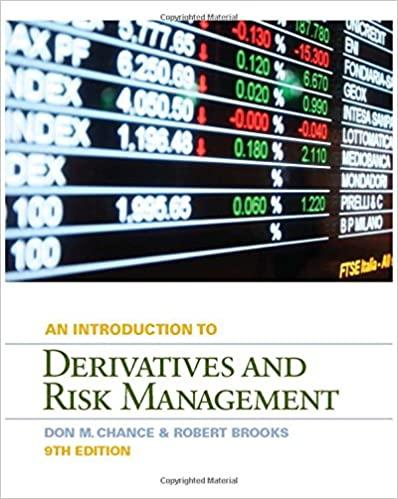QUESTION 2 An insurance company classifies the health status of its customers as being either Good (G), Fair (F), Poor (P) or Dead (D). Upon renewal of their policies (which happens each year), the company updates the health status of its customers. Historical data indicates that: (i) of those with a G classification, 60% will retain it, 20% will be reclassified as F and 20% will be reclassified to P; (ii) a F classification will be retained by 60%, 20% will be reclassified to P while 10% will be reclassified to D: (iii) a P classification will be retained by 40%, 10% will be reclassified as G and 30% as F. Do the following: (a) Construct a Markov chain model for the evolution of this classification process giving a clear and precise definition of the states that you use together with the notation that you employ to denote these states. Draw the transition graph, complete with transition probabilities and write down the transition matrix stating explicitly the order of the states [11 marks] (b) Is the Markov chain irreducible; is it aperiodic? Justify your answers. (6 marks (c) Assume that in the present year the percentage of customers in each status is 50% Good, 40% Fair, 10% Poor. Suppose the company pays out 1000 Euros for each customer who dies. Then, what is the expected payout, without considering any premium or discount factor, per customer in two years from now? [11 marks] (d) Find a stationary distribution for the chain. Observe that long calculations are not required, and explain in one or two sentences why this is so QUESTION 2 An insurance company classifies the health status of its customers as being either Good (G), Fair (F), Poor (P) or Dead (D). Upon renewal of their policies (which happens each year), the company updates the health status of its customers. Historical data indicates that: (i) of those with a G classification, 60% will retain it, 20% will be reclassified as F and 20% will be reclassified to P; (ii) a F classification will be retained by 60%, 20% will be reclassified to P while 10% will be reclassified to D: (iii) a P classification will be retained by 40%, 10% will be reclassified as G and 30% as F. Do the following: (a) Construct a Markov chain model for the evolution of this classification process giving a clear and precise definition of the states that you use together with the notation that you employ to denote these states. Draw the transition graph, complete with transition probabilities and write down the transition matrix stating explicitly the order of the states [11 marks] (b) Is the Markov chain irreducible; is it aperiodic? Justify your answers. (6 marks (c) Assume that in the present year the percentage of customers in each status is 50% Good, 40% Fair, 10% Poor. Suppose the company pays out 1000 Euros for each customer who dies. Then, what is the expected payout, without considering any premium or discount factor, per customer in two years from now? [11 marks] (d) Find a stationary distribution for the chain. Observe that long calculations are not required, and explain in one or two sentences why this is so







